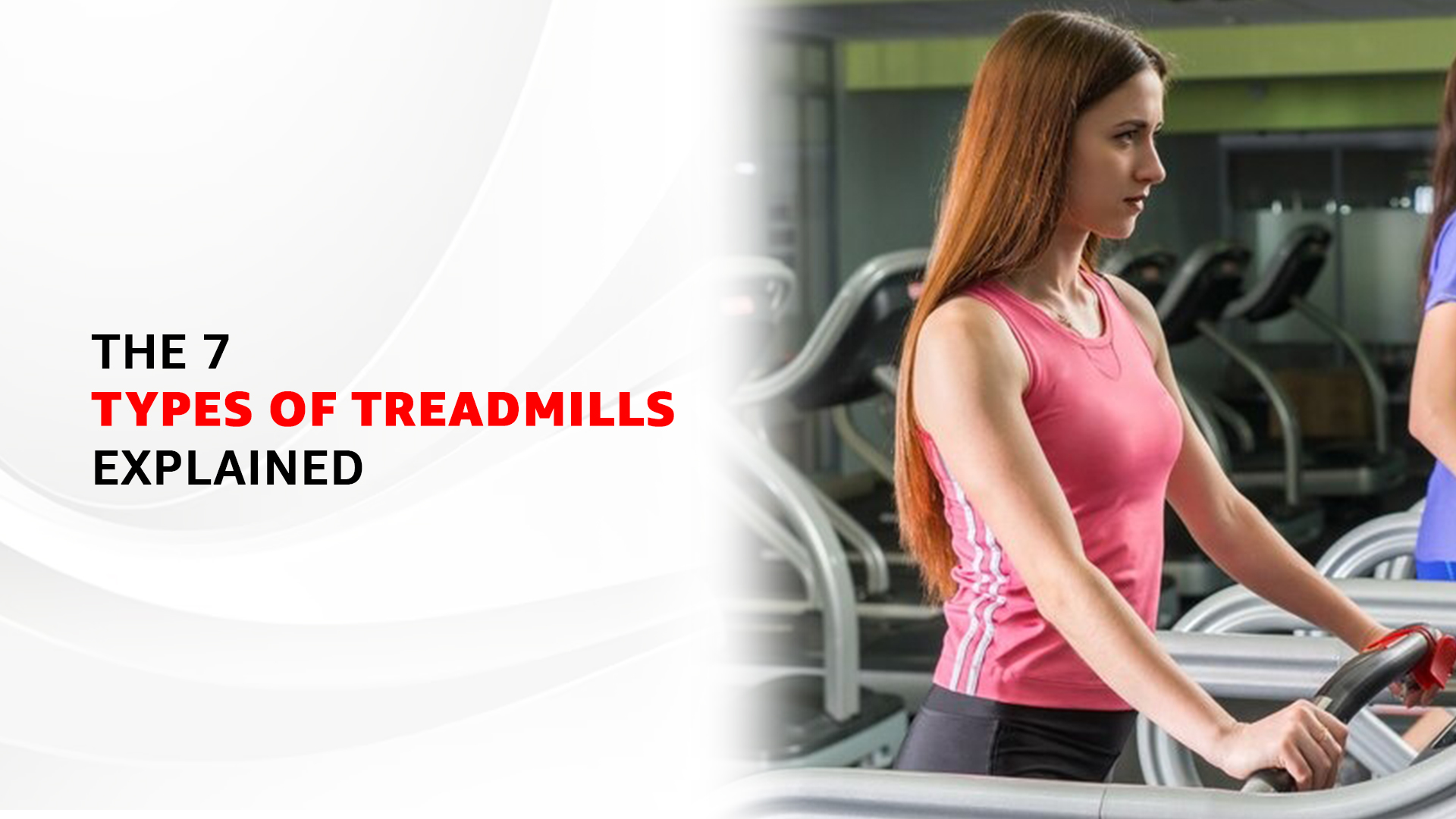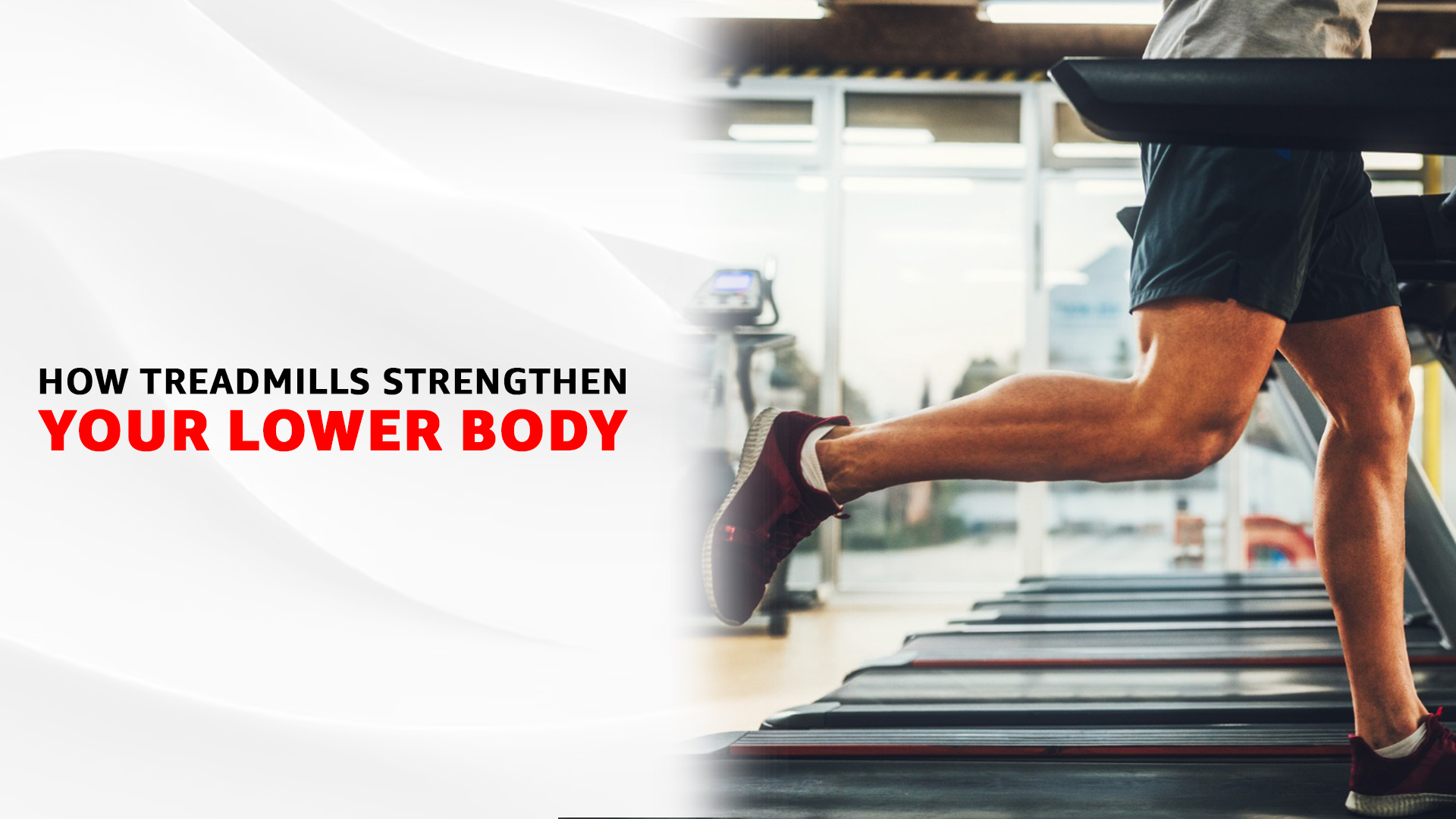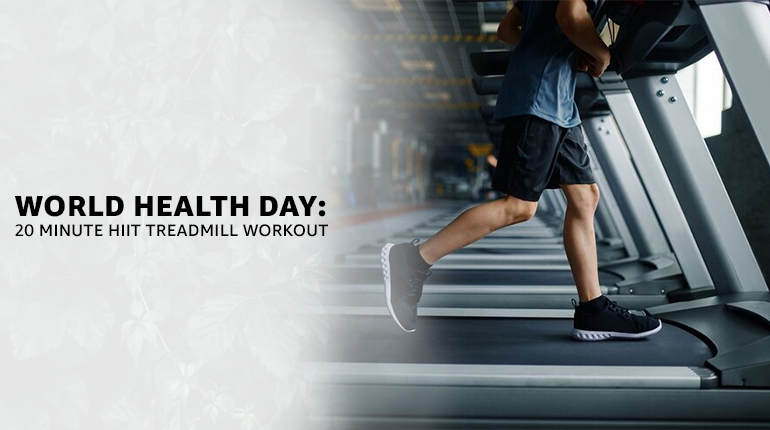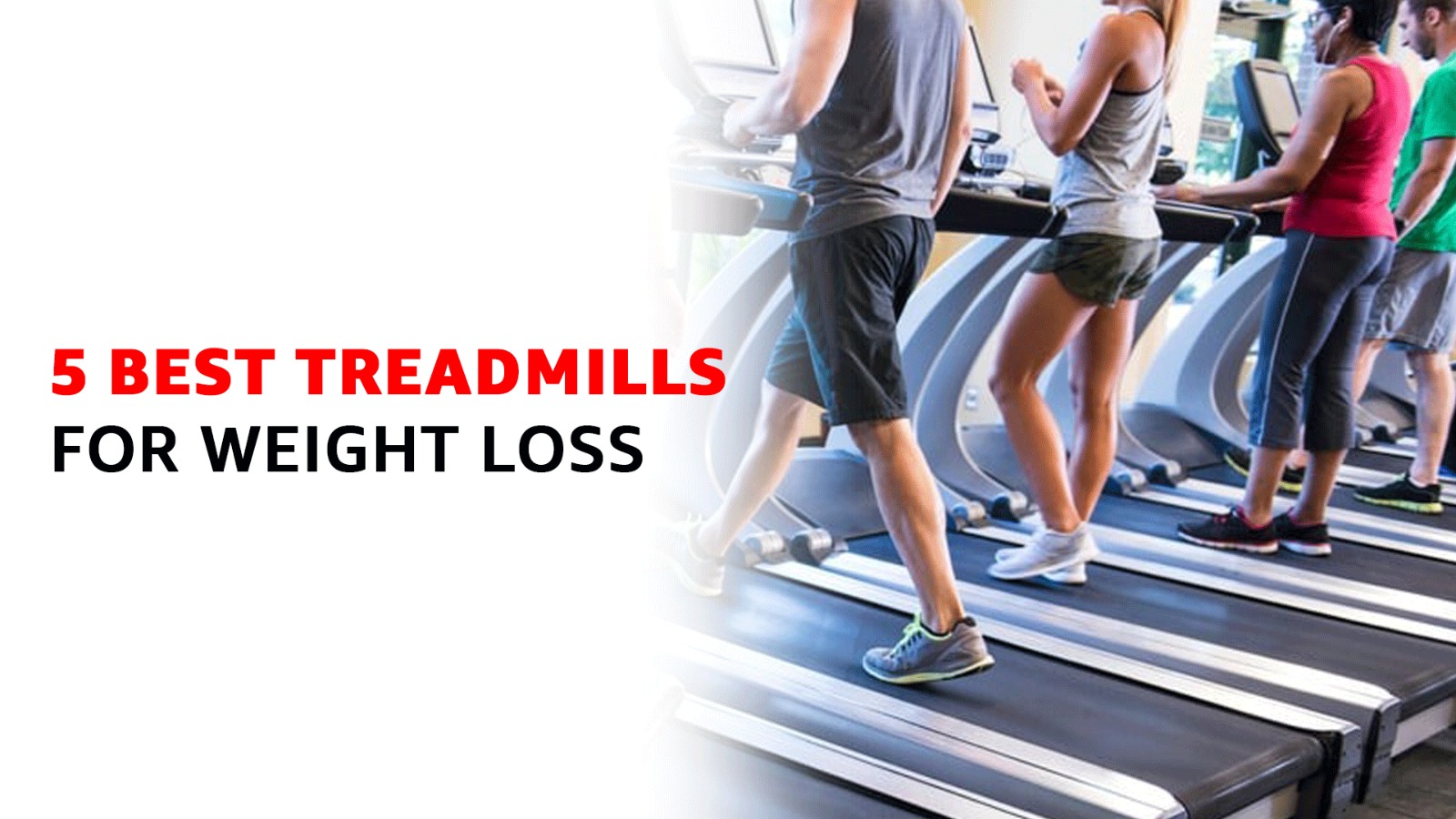Folding Treadmills vs. Non-Folding Treadmills: Which is Right for You?
The decision to buy a treadmill is a fantastic step towards a healthier lifestyle. However, with so many options available, narrowing down your choices can be overwhelming. One of the first considerations you’ll encounter is whether to choose a folding treadmill or a non-folding treadmill. Both have unique benefits and meet various demands. This comprehensive guide will help you understand the key differences and determine which type of treadmill is the perfect fit for your home gym.
The Folding Advantage: Space-Saving Champion
Folding treadmills are lifesavers for those with limited space. Their ability to fold up and be stored vertically makes them ideal for apartments, studios, or rooms where a permanent footprint isn’t feasible. Many folding treadmills come equipped with wheels, allowing you to easily move them around for cleaning or storage after your workout.
Benefits of Folding Treadmills:

- Space-Saving Design: This is the biggest advantage. When not in use, a folding treadmill can be tucked away in a closet, under a bed, or against a wall, freeing up valuable floor space.
- Portability: Folding treadmills offer greater versatility. With wheels, you can easily move them to different rooms depending on your needs.
- More Affordable Options: Folding treadmills generally tend to be more budget-friendly compared to top-of-the-line non-folding models.
Things to Consider with Folding Treadmills:
- Stability: Since they need to fold, some folding treadmills might feel less sturdy than non-folding models, especially at higher speeds or inclines. This can be a concern for heavier users or those who like intense running workouts.
- Weight Capacity: Folding treadmills often have lower weight capacities compared to non-folding models. Make sure it can hold your weight comfortably when you choose one.
- Running Surface: Folding treadmills usually have a smaller running surface than non-folding treadmills. This may not be ideal for taller runners who need a longer stride.
The Non-Folding Powerhouse: Built for Stability and Performance
Non-folding treadmills are designed for serious runners or those who prioritize stability and a larger running surface. Their sturdier construction allows for a more robust feel during high-intensity workouts. Additionally, non-folding treadmills tend to have a wider range of features, including higher weight capacities, more powerful motors, and larger running surfaces.
Benefits of Non-Folding Treadmills:

- Superior Stability: The non-folding design provides a more stable platform, making it ideal for runners who prefer a secure feel at higher speeds or inclines.
- Larger Running Surface: Non-folding treadmills generally offer a wider and longer running surface, allowing for a more comfortable and natural running experience, especially for taller individuals.
- Higher Weight Capacity: Non-folding treadmills tend to have higher weight capacities, accommodating a wider range of users.
- More Features: Non-folding treadmills often come equipped with a wider range of features, including more powerful motors, more advanced consoles, and more workout programs.
Things to Consider with Non-Folding Treadmills:
- Space Requirements: Non-folding treadmills have a larger footprint and cannot be stored vertically. This means they require dedicated space in your home.
- Higher Cost: High-quality non-folding treadmills typically have a higher price point compared to folding treadmills.
Additional Considerations Beyond Folding:
Beyond the folding mechanism, there are other important factors to consider when choosing a treadmill, such as:
- Motor Power: Choose a motor with enough power to handle your desired workouts, especially for high-intensity training and inclines.
- Running Surface Size: Select a running surface that allows for a comfortable stride length.
- Features: Consider features like pre-programmed workouts, heart rate monitoring, and incline/decline options that align with your fitness goals.
Conclusion: Making the Final Decision
Now that you understand the key differences between folding and non-folding treadmills, let’s explore which one might be the perfect fit for your home gym:
- Choose a Folding Treadmill If:
- You have limited space in your home.
- You need portability to move the treadmill around.
- You are on a budget.
- You are a beginner or a walker who doesn’t require high speeds or inclines.
- Choose a Non-Folding Treadmill If:
- You have dedicated space for a treadmill in your home.
- You prioritize stability and a sturdy platform for high-intensity workouts.
- You are a taller runner who needs a larger running surface.
- You are looking for a treadmill with more features and a higher weight capacity.
Categories
Tags
Recent Posts

7 Types of Treadmills – Finding the Perfect Treadmill for Your Goals
May 11, 2024
How Treadmill Running Strengthens Your Lower Body
May 4, 2024
Celebrate World Health Day with A 20-minute HIIT treadmill workout
April 6, 2024The Benefits of Incline Walking vs Running on Flat Ground
March 9, 2024
